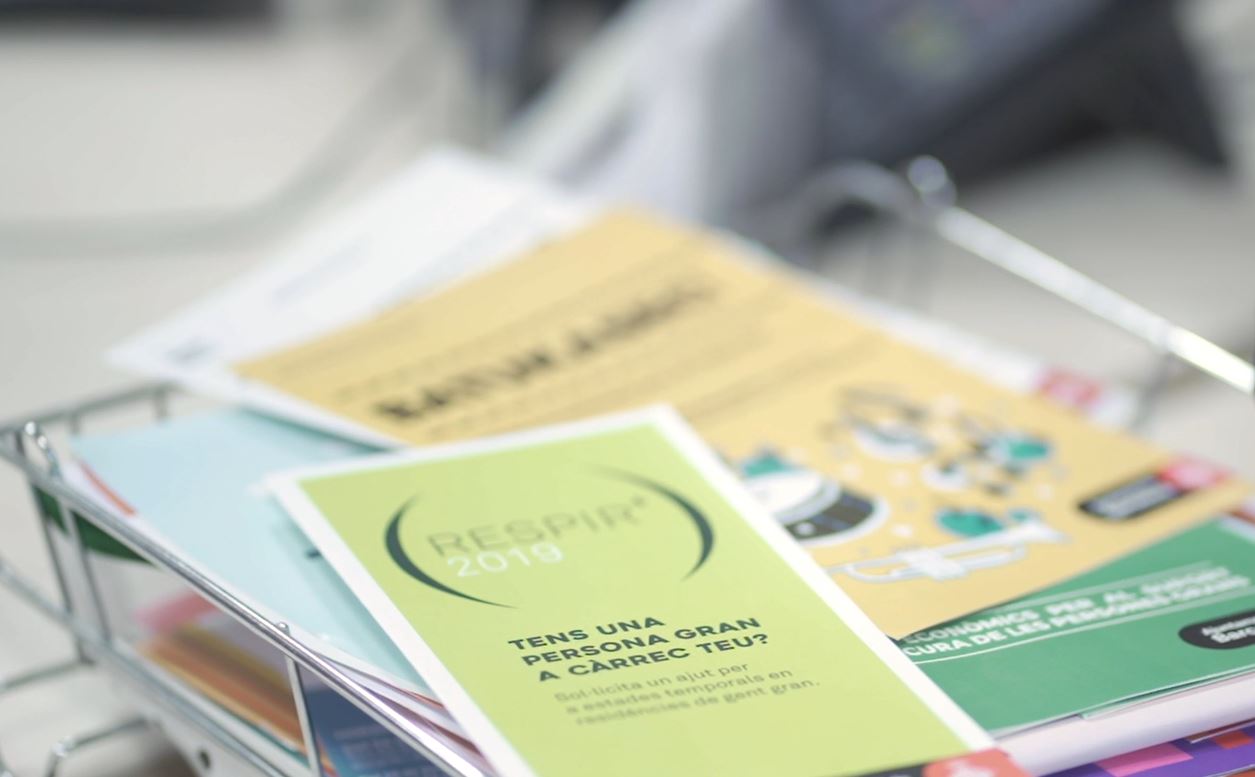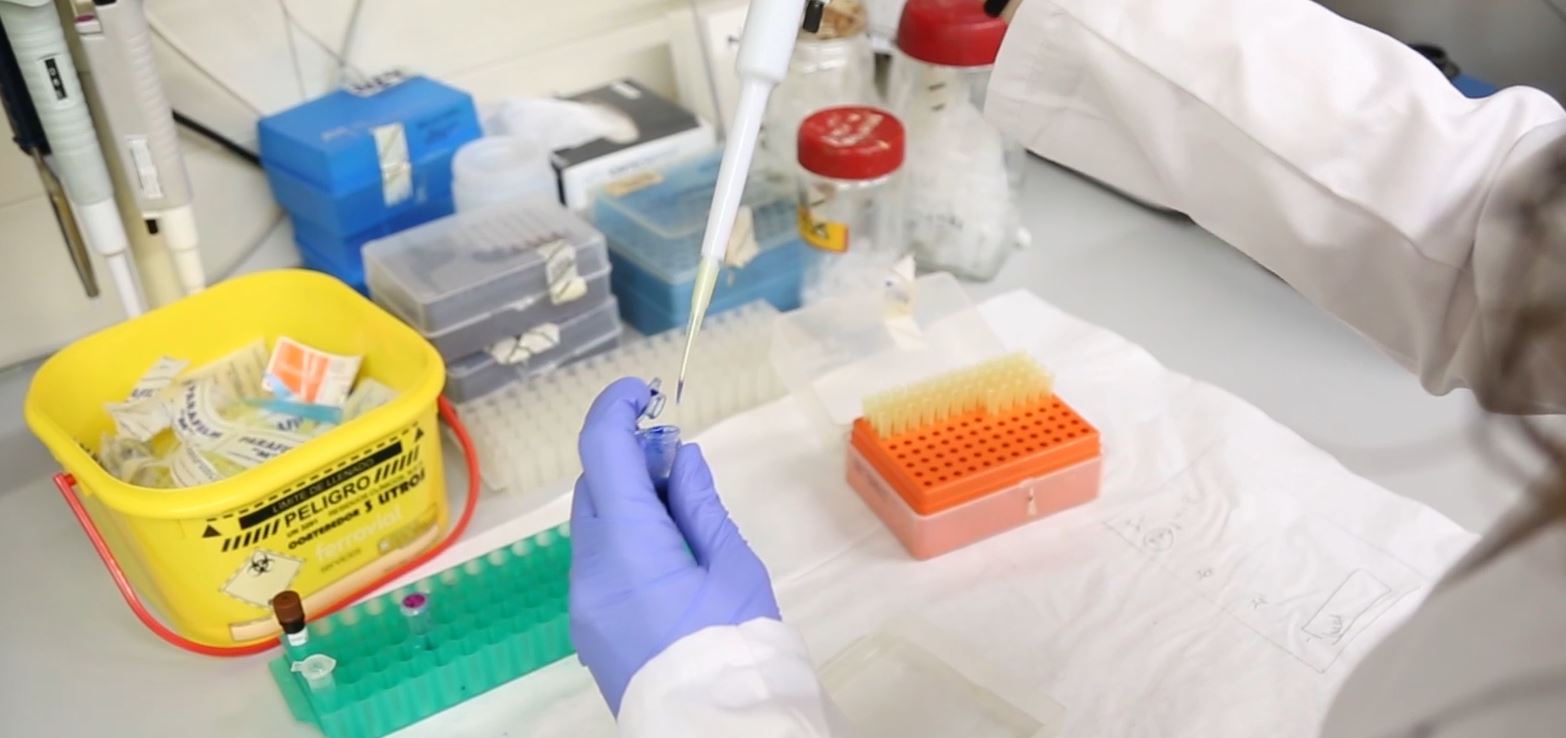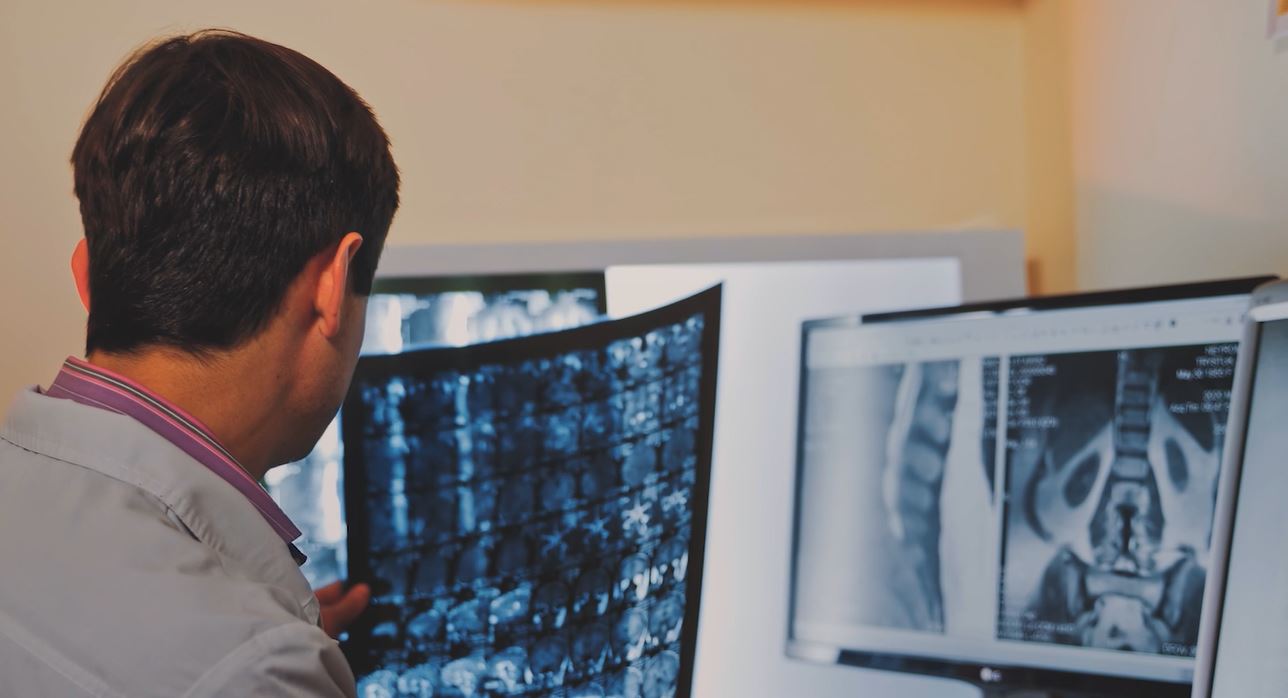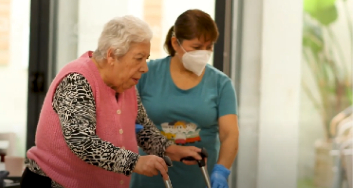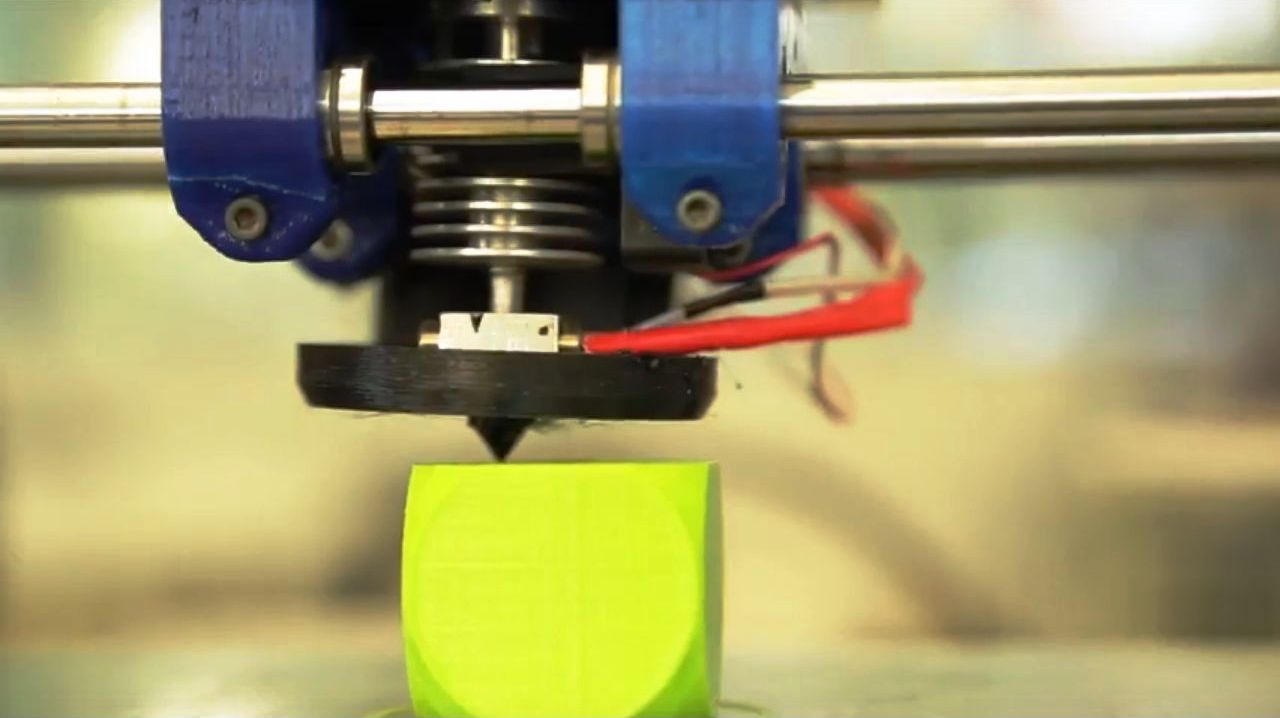
Microscopy technician
Description
These professionals are in charge of the techniques and methods aimed at making visible certain objects of study, which are not visible to the naked eye due to their size. Microscopy includes the microscope as a central element, as well as a set of complementary techniques and methods such as sample preparation and handling, image processing, recording and interpretation, among others.
The goal of these professionals is therefore the preparation and use of the microscope to create a visible and detailed image of a body or object. In the field of microscopy, obtaining a good image depends on three factors:
Magnification. This is the fundamental function of microscopy and consists of enlarging the microorganisms that can be seen, this is achieved by using a convex lens.
Contrast. Variations in light intensity make it possible to see whether one part of the image is different from another or from the background. Most microorganisms are colourless and transmit all wavelengths of the visible spectrum, which makes it necessary to increase the contrast artificially by applying stains, which stain the cells or some of their parts.
Resolution. Good resolution means that two adjacent points in an image can be perceived as separate: if the difference in density between the media increases, so does the resolution. This is the reason for using immersion oils between the sample and the lens.
Both optical microscopy and electron microscopy make use of diffraction, refraction and reflection of photon or electron beams (light) which fall on the object of study to make it visible:
The optical microscope is the most commonly used microscope, where sample preparation and manipulation are relatively easy. It provides information on the size, shape and general appearance of cells, but resolution and magnification are limited.
The electron microscope is primarily a research tool. The instruments are more complex than optical microscopes and allow details of cells and their ultrastructure to be seen. They are currently the only form of microscopy with sufficient resolution and magnification to allow observation of viruses.
Finally, it should also be noted that microorganisms can be observed by keeping them alive (in vivo visualisation) or dead (staining).
Tasks
- Support scientific research related to the use of microscopy equipment. Participate as an expert in the organisation, planning and optimisation of these services, taking care of tasks related to the set-up, maintenance, operation, handling and control of the equipment.
- Perform routine operation of the equipment, including taking the operating history and management of the equipment.
- Handle and prepare biological samples for microscopy techniques. Prepare the samples deposited on the slide, distributing them homogeneously and choosing the appropriate technique for the type of microorganism, ensuring the absence of contaminating elements (sterile conditions, distilled water, dye impurities, etc.).
- Carry out activities related to cell cultures.
- Operate the microscope in the various modes available, exploiting its potential to the full.
- Obtain and analyse images.
- Assist users in the analysis and processing of data and images.
- Provide technical support to the personnel authorised to use microscopy equipment.
- Collaborate in scientific research support tasks related to the equipment.
- Support the drafting of documentation of the studies carried out in the projects or collaborate with the person responsible for the training of the users who will use the equipment.
- May eventually provide training in courses related to the microscopy techniques carried out in the laboratory.
- Responsible for the periodic maintenance and/or replacement of existing equipment, as well as the management associated with the purchase of spare parts and accessories due to wear or renewal. Collaborate in the ordering of consumables and in the maintenance of the stock of consumables.
- Perform tasks respecting and enforcing the safety and biosafety rules established by the Centre and keep the physical space tidy.










 | Catalan | Beginner
| Catalan | Beginner | Catalan | Advanced
| Catalan | Advanced
 Open
Open | English | Beginner
| English | Beginner